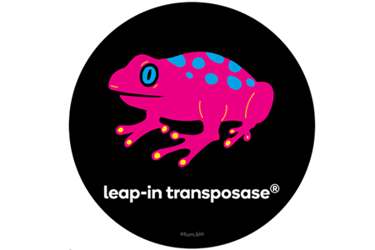The Value Of Tailoring Transposons For Optimized Biotherapeutic Production

Transposase-mediated genome editing is transforming biotherapeutic protein production. While transposases ― the enzymatic workhorses facilitating this process ― are frequently the focus of most transposase-mediated genome engineering approaches, another variable is often overlooked, and frequently more important for optimization: the design of the transposon itself. By enabling precise insertion of single gene copies, meticulously crafted transposons can lead to rapid generation of stable cell lines for protein production.
These engineered transposons offer several advantages:
- Fine-tuned Protein Expression: Regulatory elements within the transposon can be tailored to control the amount and timing of protein production, crucial for various biotherapeutic applications.
- Consistent Protein Output: Unlike random integration methods, engineered transposons ensure consistent protein levels by integrating only complete gene copies and allowing for controlled insertion numbers.
- Guarding Protein Quality: Insulator sequences can be incorporated into the transposon to shield the inserted gene from surrounding genomic influences, guaranteeing consistent protein quality across cell lines.
Beyond the protein itself, transposon design can target and silence genes that might hinder production or incorporate elements to optimize protein folding and stability.
The strategic design of transposons, alongside advancements in transposase efficiency, paves the way for a new generation of biotherapeutics with improved protein expression, quality, and potentially greater therapeutic effects. This refined approach promises a more efficient and predictable future for biotherapeutic development.
Get unlimited access to:
Enter your credentials below to log in. Not yet a member of Bioprocess Online? Subscribe today.
